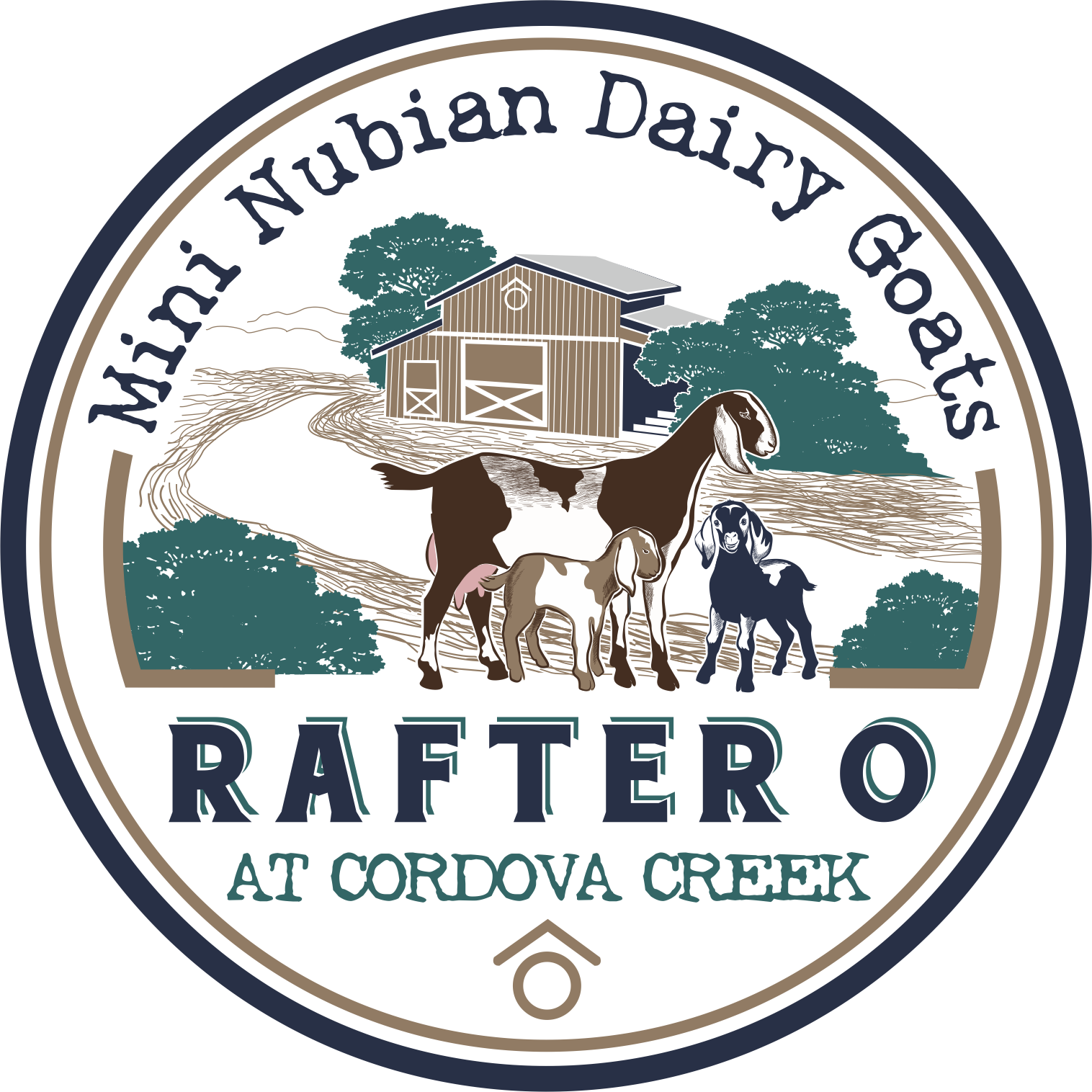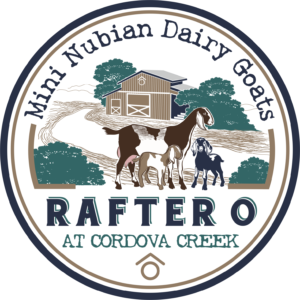Emergency Preparedness for Dairy Goat Herds During Natural Disasters
As a dairy goat owner, one of the most important responsibilities you have is ensuring the safety and well-being of your herd during a natural disaster. Whether it’s a hurricane, flood, wildfire, or tornado, natural disasters can happen unexpectedly, and having a well-thought-out emergency plan in place is crucial. At the Rafter O, we understand the unique challenges these events can bring and know that being proactive is key to minimizing risk and protecting your animals.
In this blog post, we’ll focus on preparing your dairy goat herd for natural disasters, from hurricanes to wildfires, and everything in between. By taking the right precautions, you can ensure your goats stay safe, healthy, and secure during times of crisis.
1. Create a Disaster Plan for Your Dairy Goat Herd
The first step in preparing for any natural disaster is to create a comprehensive disaster plan. Think about the specific natural disasters that are most likely to affect your area—whether it’s hurricanes, wildfires, floods, or extreme storms—and tailor your plan accordingly. Here are the key components of an effective disaster plan:
- Evacuation Routes and Shelter Locations: Identify evacuation routes in case you need to move your herd to a safer location. Be sure to have a list of local shelters, farms, or emergency animal evacuation centers that are equipped to house goats during a disaster. It’s essential to have a clear understanding of which routes are safest and quickest.
- Transport Readiness: Have a reliable livestock trailer or other means of transport ready for evacuation. Make sure your vehicle is in good working condition and practice loading your goats into the trailer so they are familiar with the process.
- Contact Information: Keep a list of important contacts, including your veterinarian, animal shelters, local emergency services, and nearby farms that might be able to offer assistance in case of a disaster.
- Safe Housing: Ensure that your goats have access to safe and secure housing in the event of a disaster. Temporary shelters should be weatherproof, sturdy, and large enough to accommodate your entire herd if necessary.
2. Essential Emergency Supplies for Natural Disasters
Having the right supplies on hand can make a huge difference when it comes to disaster preparedness. Here are some must-have items to keep in stock for emergencies:
- First Aid Kit: A well-stocked goat first aid kit is essential for handling injuries or illnesses that may arise during or after a natural disaster. Your kit should include bandages, antiseptics, syringes, a thermometer, hoof trimmers, and any medications your goats may require.
- Feed and Water: Keep enough feed and water for at least 72 hours in case you’re unable to access your usual supply due to floodwaters, road closures, or power outages. Non-perishable hay, pellets, and grain are excellent options. Also, make sure you have water containers to provide your goats with fresh water during an emergency.
- Flashlights and Batteries: Power outages are common during severe weather events, so be sure to have flashlights or lanterns, along with extra batteries, on hand to help you navigate in the dark.
- Portable Fencing: In case of damaged fences or if you need to relocate your herd quickly, portable fencing materials can help create temporary enclosures. These can also be used to protect your goats if they need to be moved to a safe area.
- Backup Shelter Materials: Have tarps, temporary shelters, or portable pens available to set up if you need to protect your goats from heavy rain, high winds, or extreme heat.
3. Weather Monitoring and Early Warning Systems
Being able to predict and track an impending natural disaster is crucial to ensuring you have enough time to react. Here are some ways to stay informed:
- Weather Alerts: Sign up for local weather alerts to receive real-time notifications on severe weather warnings. Apps or websites that provide weather updates can help you track storms or floods and plan ahead for evacuation or sheltering in place.
- Radar Tracking: Keep an eye on radar maps to monitor weather patterns. This is especially important during hurricane season or during intense storms. Knowing when a storm is approaching will give you time to prepare your herd.
- Know Local Emergency Services: Have a list of emergency numbers and local shelters or animal rescue groups that specialize in assisting livestock during natural disasters. This information can be crucial if you need to evacuate your goats quickly.
4. Special Considerations for Different Natural Disasters
Different natural disasters present unique challenges for dairy goat owners. Here’s how to prepare for some of the most common types of natural disasters:
- Hurricanes and Floods: These disasters often come with a lot of rain, strong winds, and rising waters. If you live in a flood-prone area, you’ll need to elevate your goat shelters, ensure your barns have adequate drainage, and have an evacuation plan ready. Keep your goats in well-ventilated areas during extreme weather conditions to avoid heat stress.
- Wildfires: Wildfires are a particular concern in areas prone to drought or extreme heat. Keep your goats in fire-resistant shelters or barns, and create a defensible space around their enclosure. Ensure all fences are clear of dry brush, and be ready to evacuate quickly if the fire is approaching. Consider having a backup water source available to prevent dehydration during a wildfire.
- Tornadoes and Severe Storms: Tornadoes and severe thunderstorms can cause significant damage, so it’s important to have strong, secure housing for your goats. During a tornado or storm warning, bring your goats into a secure barn or shelter away from windows and other hazards. If you are in a known tornado zone, build a storm shelter on your property where you can safely house your herd.
5. Post-Disaster Care for Your Goats
Once the disaster has passed, it’s essential to assess the situation and provide any necessary care to your goats. Here are a few things to consider:
- Health Checks: After any disaster, check each goat for injuries, dehydration, or signs of stress. Administer first aid as necessary, and keep an eye out for any symptoms of illness or distress that may develop due to the trauma of the event.
- Clean Water and Food: After a natural disaster, access to clean water may be compromised. Be sure to provide fresh, clean water and quality food. If any feed has been contaminated or spoiled due to flooding, dispose of it safely and replace it with new supplies.
- Inspect Fencing and Shelter: Check the condition of your goat pens and shelters after a disaster. Repair any damage to ensure that your goats remain secure and protected.
Conclusion
Natural disasters are unpredictable, but by preparing in advance, you can minimize the risks and ensure that your dairy goat herd remains safe. At the Rafter O, we take disaster preparedness seriously and encourage other goat owners to do the same. By creating a disaster plan, staying informed, and having essential supplies on hand, you can confidently protect your goats during any emergency. Stay safe, stay prepared, and always put your goats’ well-being first.




